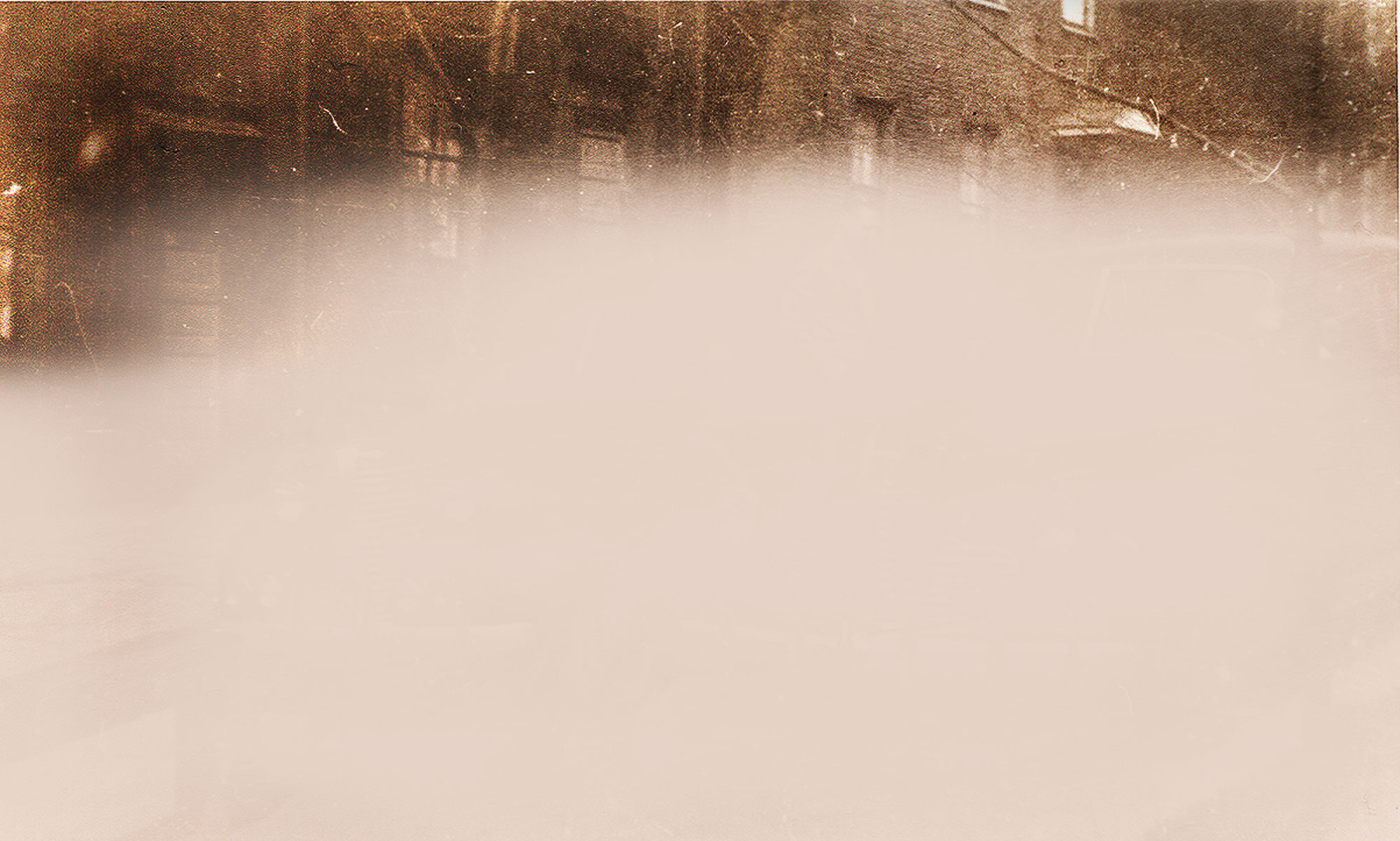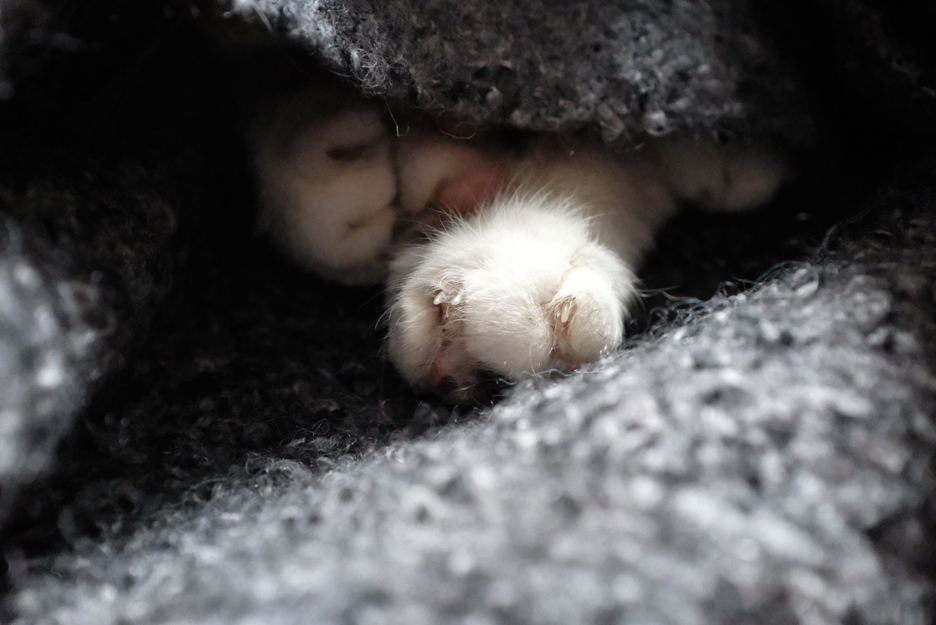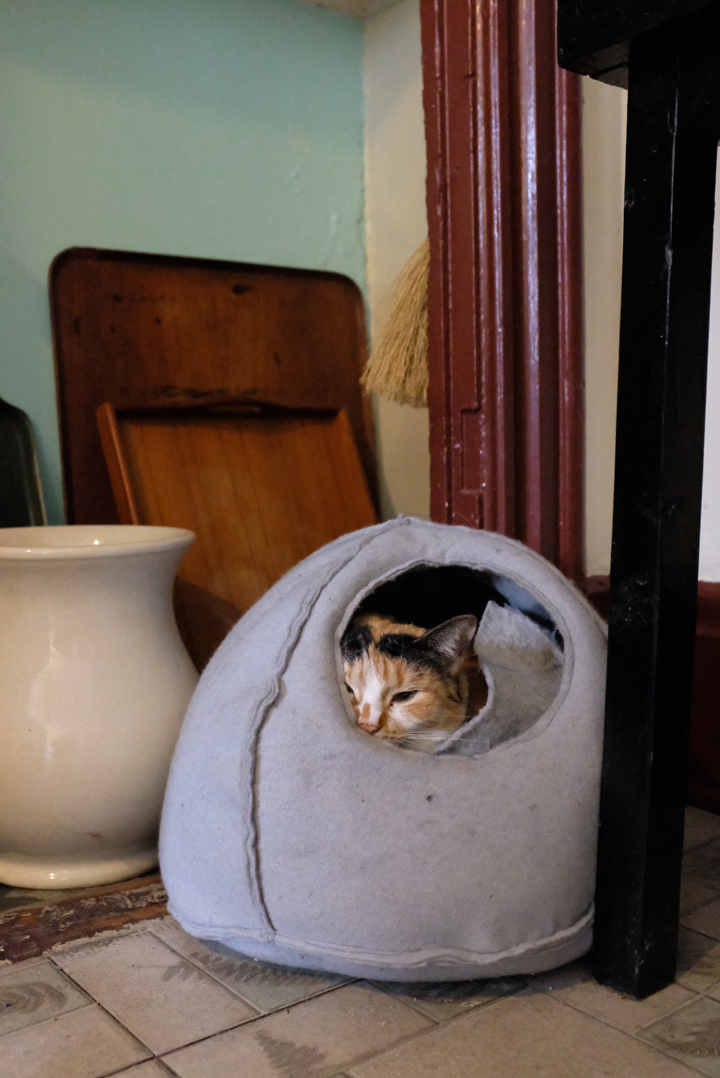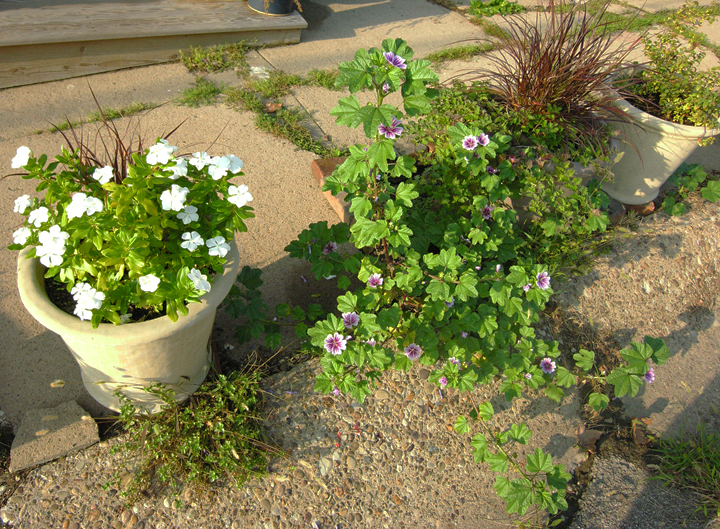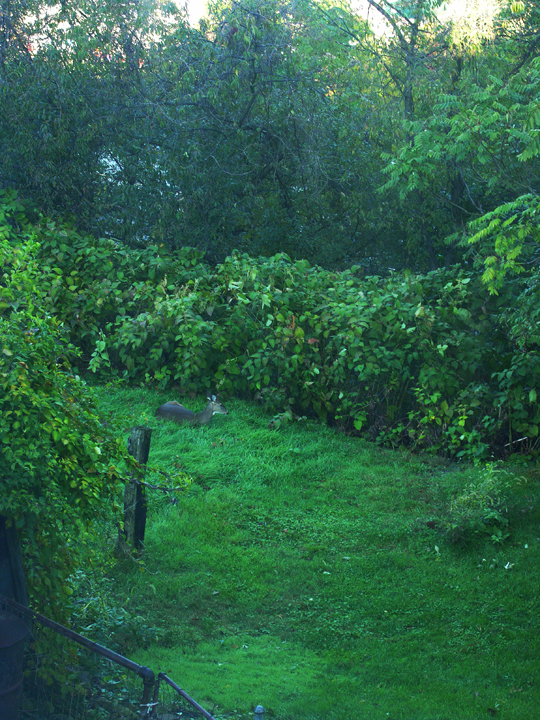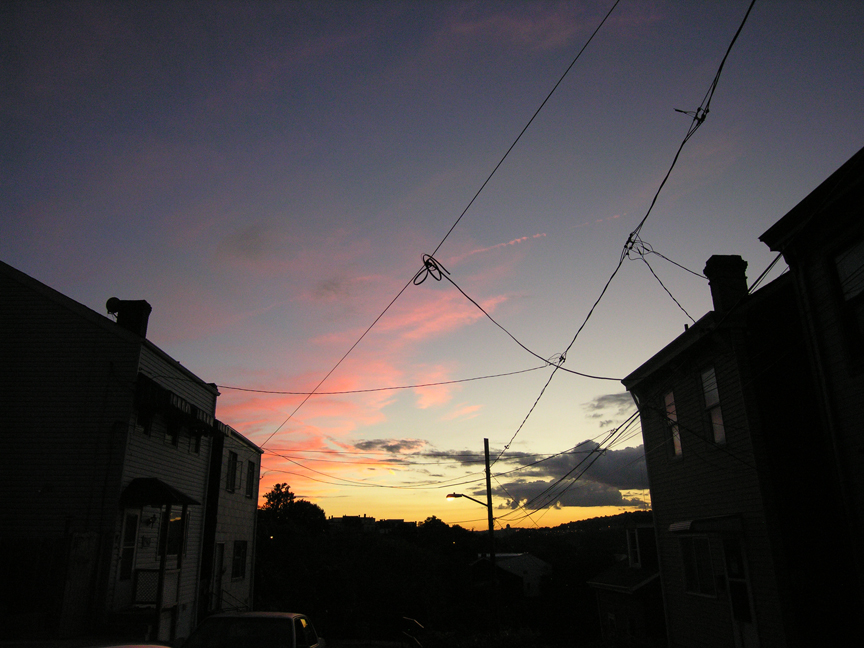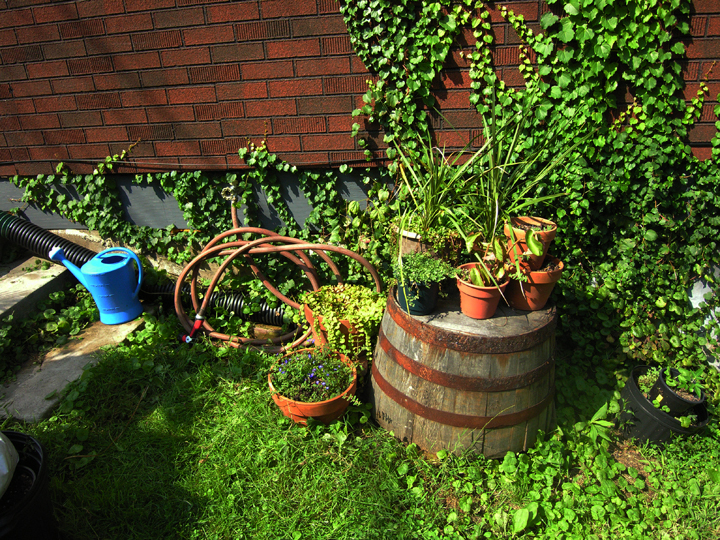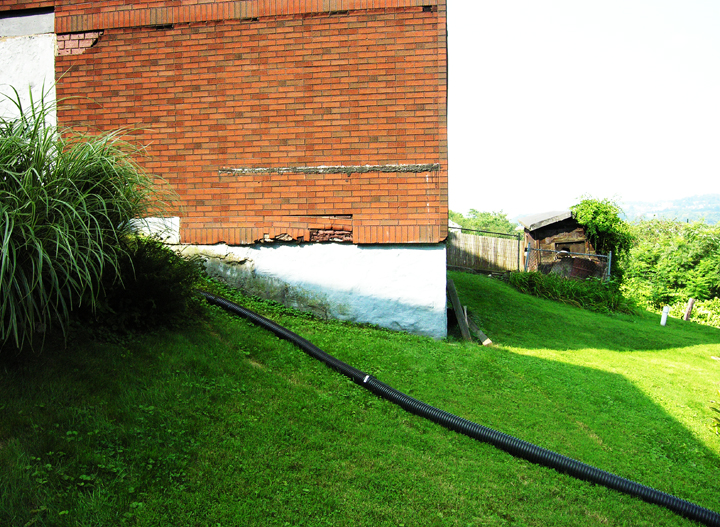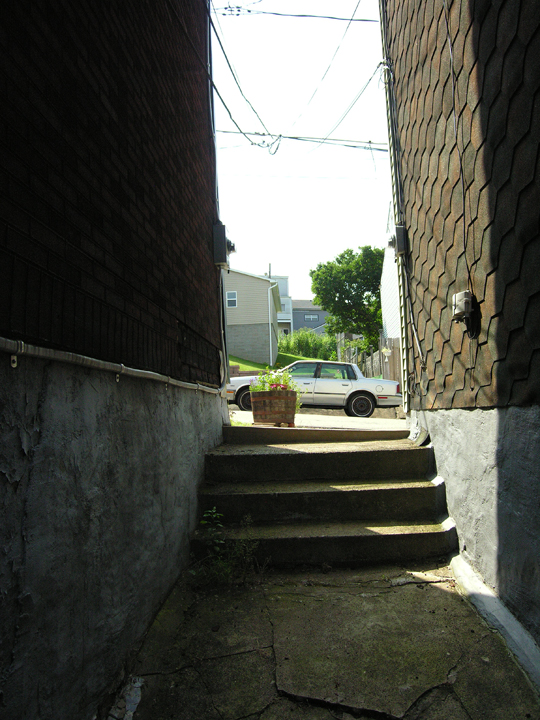
Fixing up an old house is a lot about subtracting stuff. Even if you aren’t gutting it, there are layers upon layers to remove before you can start fixing it up.
The middle room on the first floor would have originally been the dining room. It was also in the worst shape of any room in the house, and I’ve been working on it between other projects for a few years now. This is also where I fell down the deepest rabbit hole yet.
The initial plan was to roughly strip the excess paint off the woodwork and repaint it. In many areas the thick layers of latex had separated from the older paint underneath. It was easy to remove large pieces by sliding a palette knife between the separated layers. Underneath, I discovered the original graining.
Graining was a decorative painting technique used in the 19th century to make cheap woods like pine look more like mahogany, which was fancy and expensive. The graining here didn’t really represent the highest level of craft — it didn’t really make the woodwork look like mahogany — but it was interesting and I decided to try to restore it. This meant first getting off as much of the later paint as possible.
There were sections where removing the paint layers wasn’t so easy. Under thick layers of cold white gloss latex there was a thin layer of warm white paint. It could be chipped off, but that took a heinous amount of time and removed the top layer of the painted patterning. The white paint was also likely The Paint That Shall Not be Named*, to be treated with caution.

I compromised by taking the time to chip away the old white in areas where the graining was especially nice, like the mantel header. (I wore a respirator, and vacuumed frequently, natch). But in places like doorway moldings, the graining was perfunctory, little more than sponge daubing. There, the old paint was tenacious and couldn’t be removed without damaging the wood.

Rather than keep damaging the trim I was trying to restore, I covered those areas with a transparent brown ground coat, then a layer of shellac, then reproduced the wood graining details with thinned oil paint. The layering is what gives graining its depth. There will be areas where the old graining segues to something more impressionistic, but that’s okay.
Removing paint down to a particular layer takes a while and is maddeningly boring if done for too long at a time. So the graining restoration project has been underway more than a year. I’ve been going in there and chipping (sorry) away at it, sometimes for ten minutes, sometimes for hours.
Now it’s almost all exposed and prepped for the final coats.
*lead

